
© SERGEI GAPON/AFP/Getty ImagesA meteor crosses the night sky over a statue of Jesus Christ in the village of Ivye some 125 kilometres west of Minsk, in 2016.
But several times a year, a few land in places that
catch more attention.
Three months ago, for example, a small asteroid probably about the size of a minivan, flashed across the midday sky and exploded over western Cuba, showering the town of Viñales with falling rocks, some of which reportedly landed on rooftops.
Nobody was hurt, but it was a reminder that just as it's not safe to turn your back on the ocean for fear of being washed out to sea by an unusually large wave, space hazards are also capable of catching us by surprise.
To calculate how often such meteor falls occur, Gonzalo Tancredi, an astronomer at the University of the Republic in Montevideo, Uruguay, examined a database of incident reports, discovering that in the last 95 years people have directly observed 95 such events - an average of about eight per year.
To figure out how many others occur unobserved, Tancredi noted that people only occupy a tiny fraction of the Earth's surface - about 0.44% of its land area, or 0.13% of its total surface area.
That means that for every impact that is actually seen by someone, another 770 splash into the sea or fall in a desert, forest, or other locations so remote that nobody sees it happen."Some places on the Earth are heavily populated," Tancredi says, "but most places are very lowly populated."
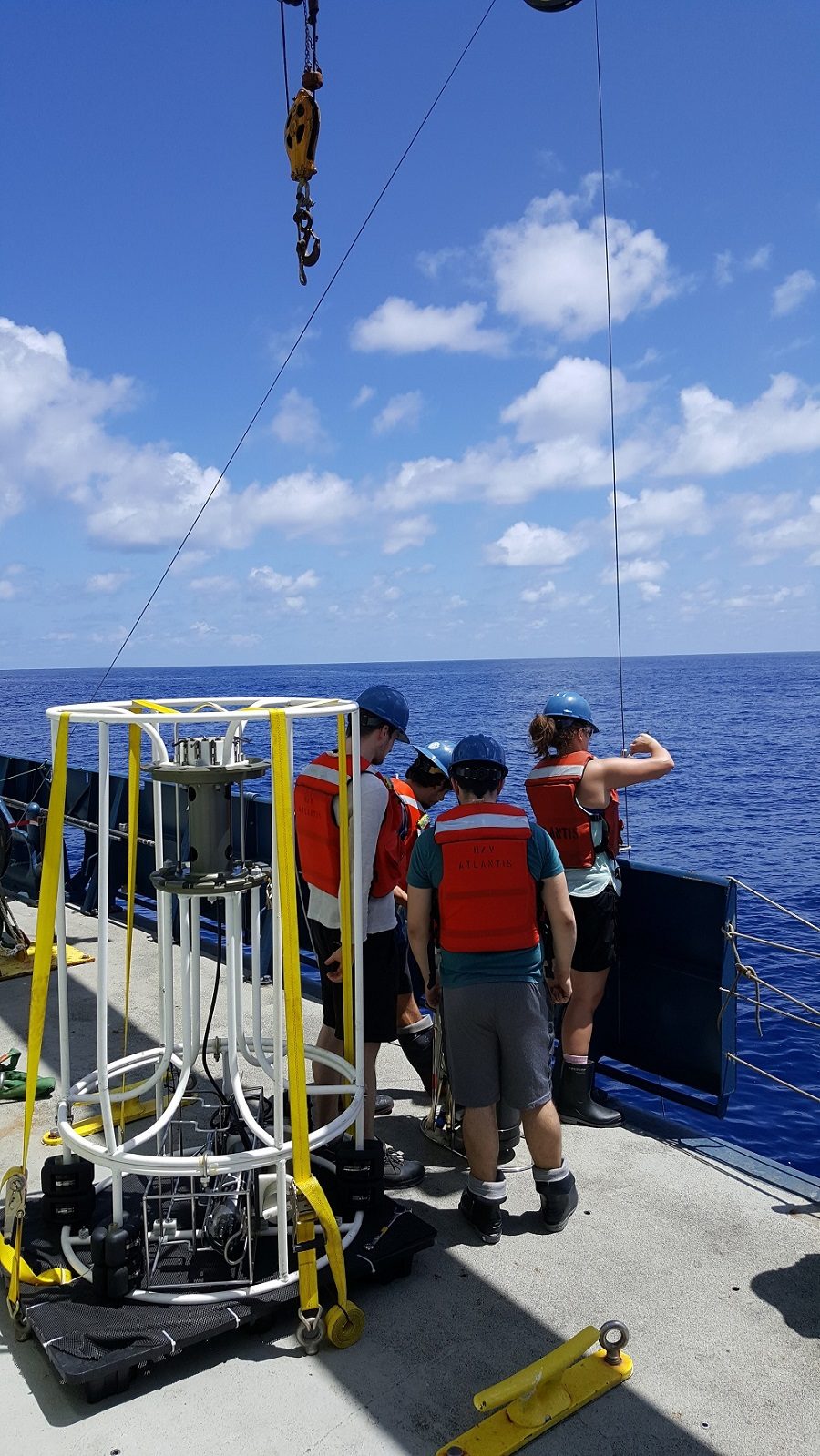


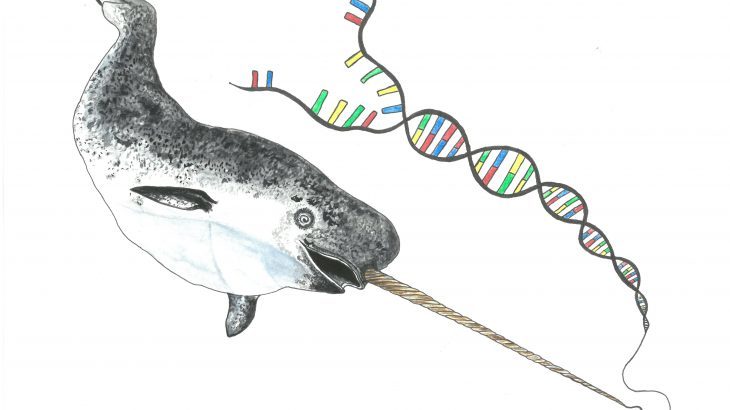
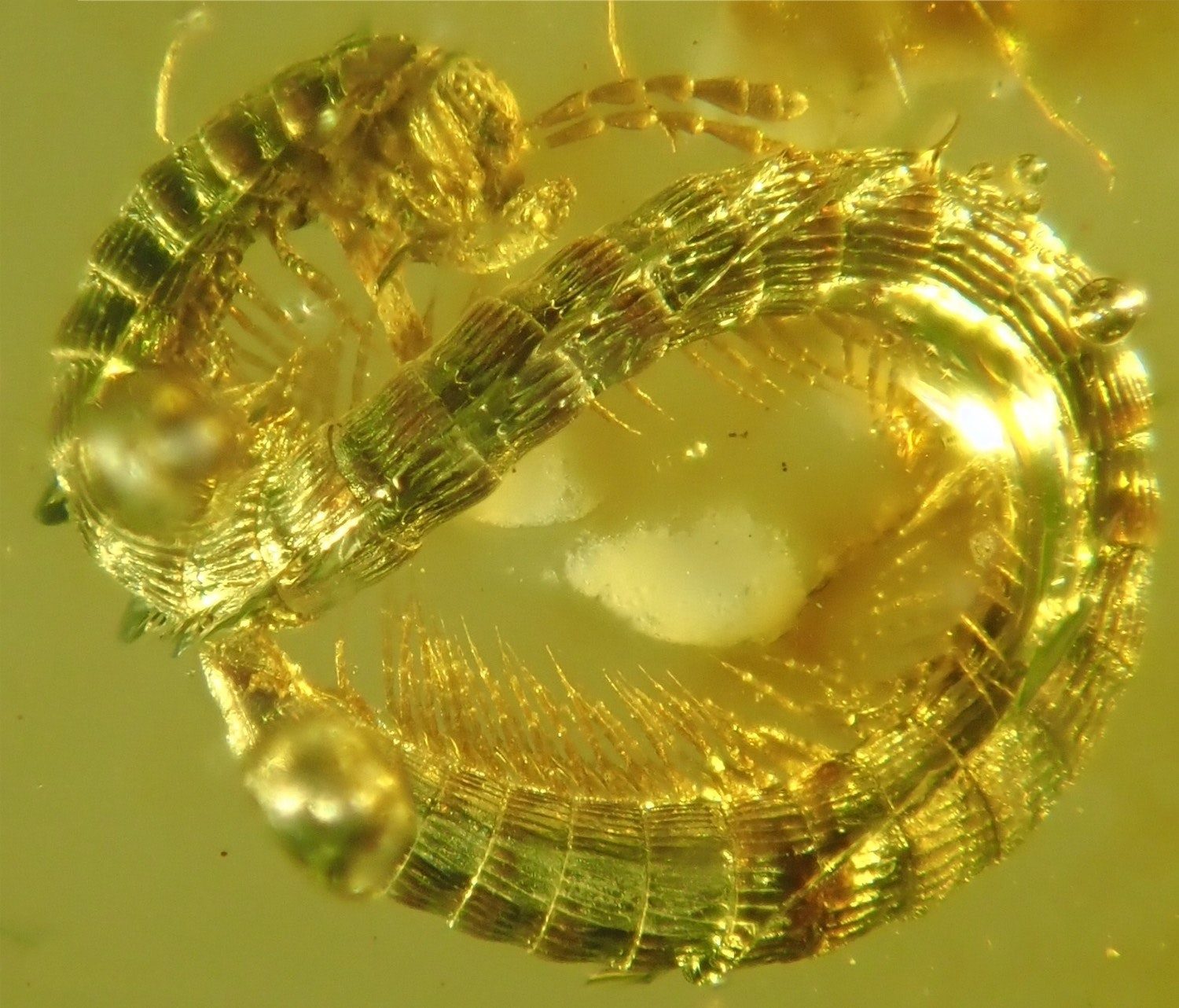
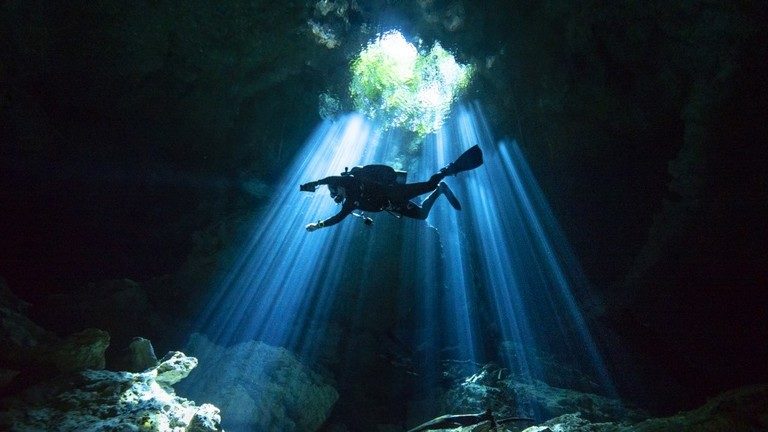
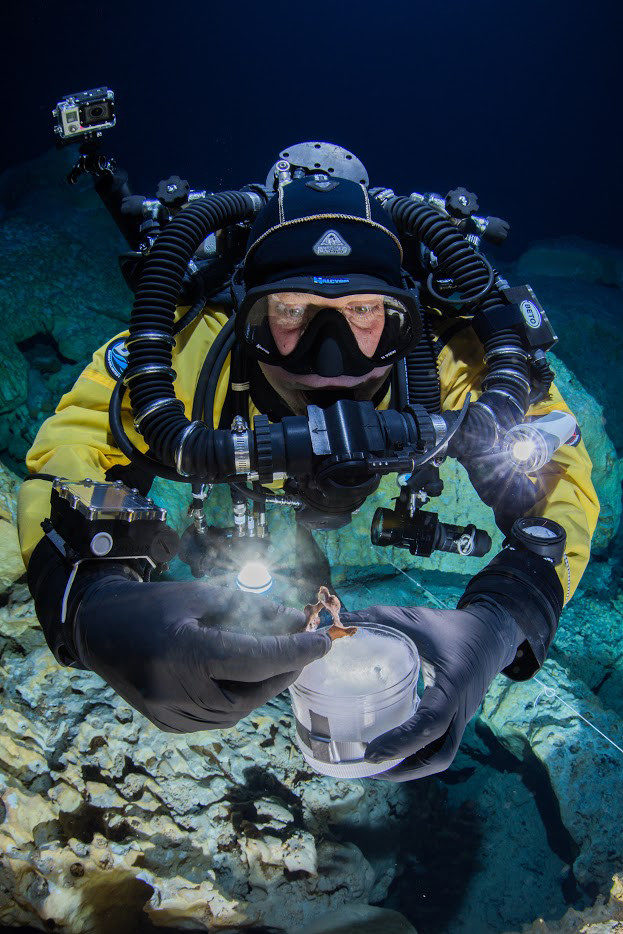
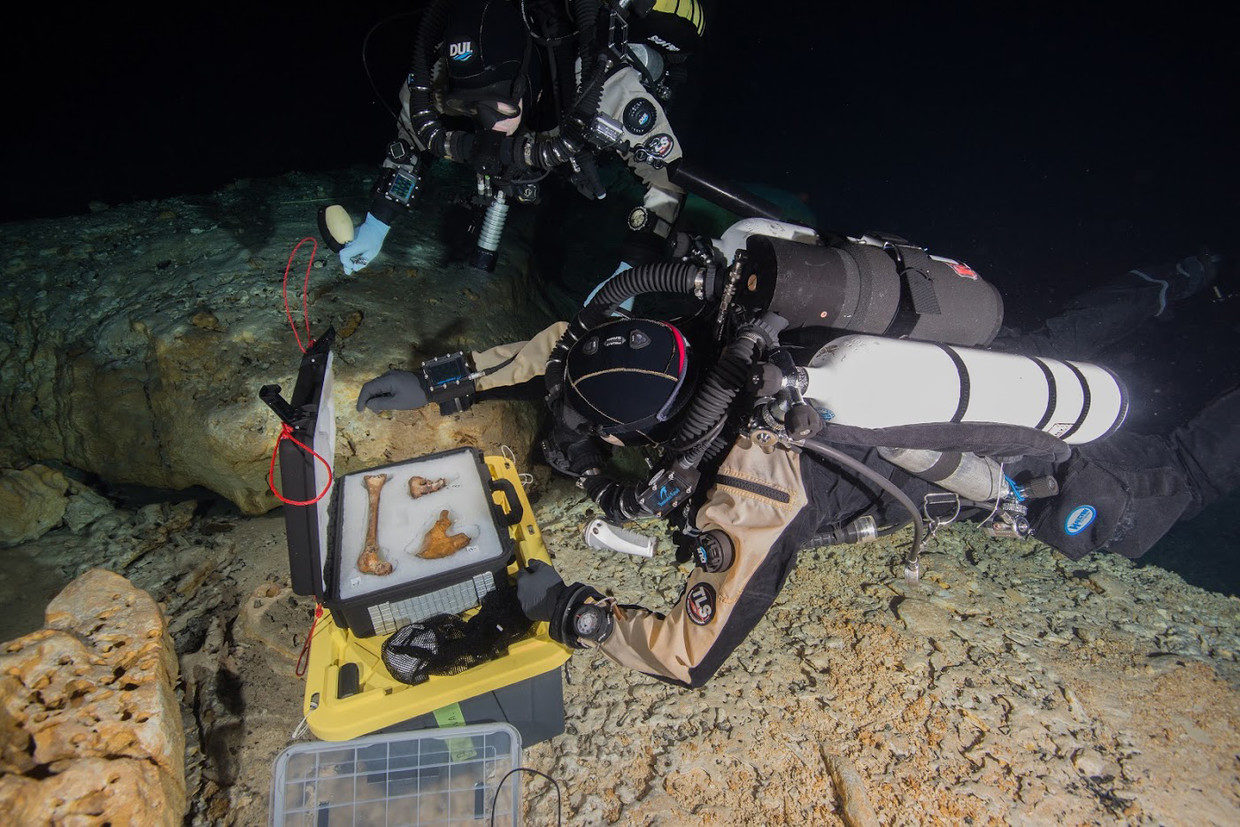


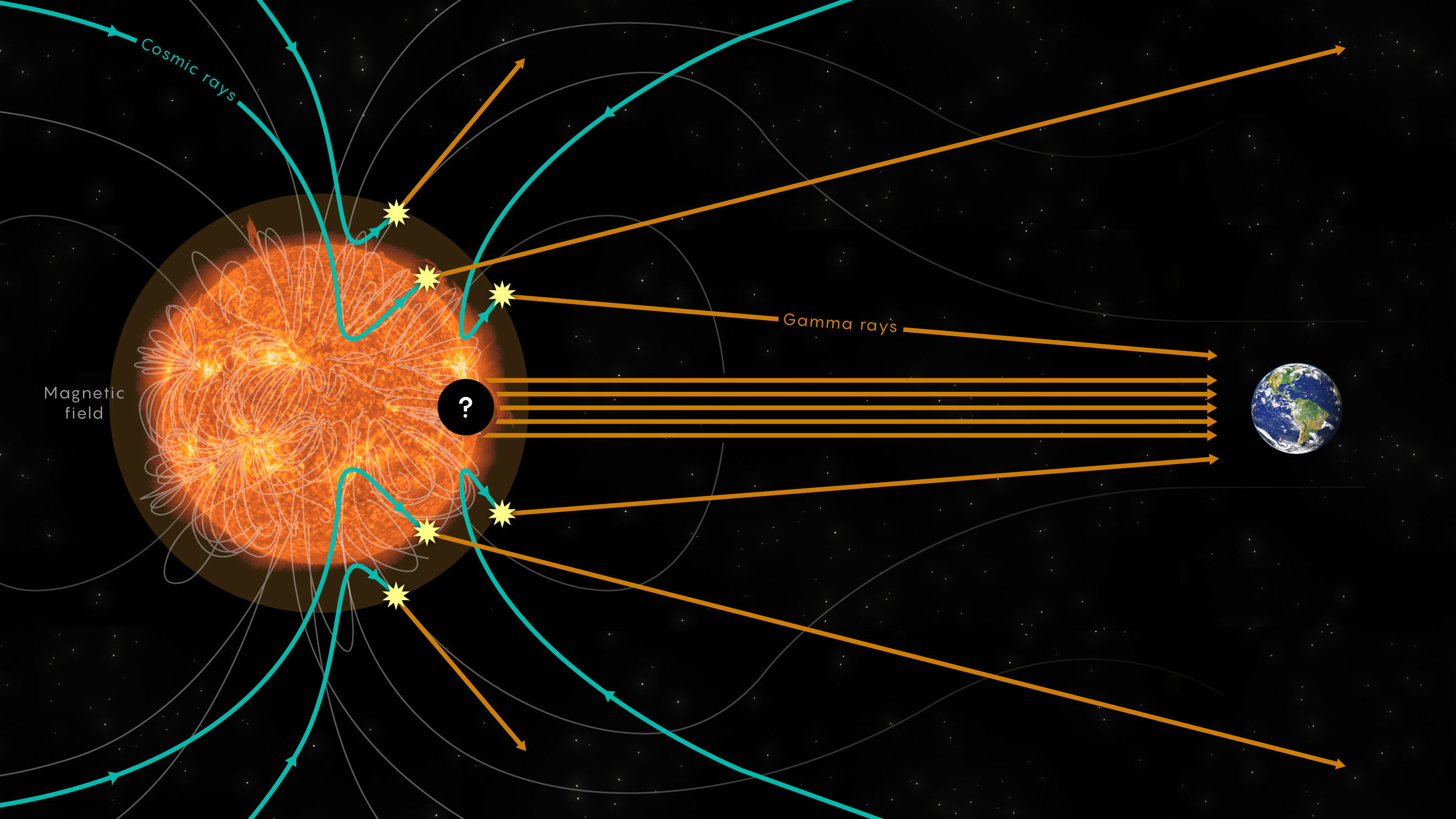
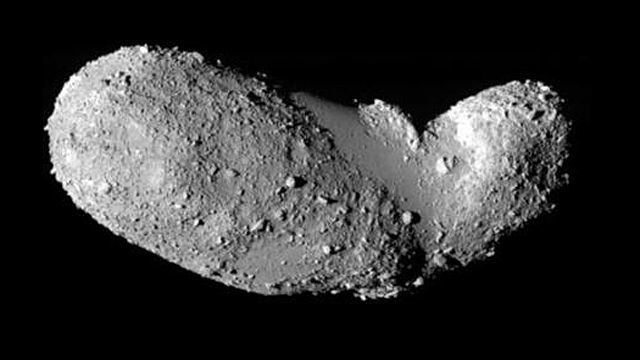



Comment: There is strong evidence that some past civilizations had knowledge of how to construct buildings that could withstand earthquakes:
See also: